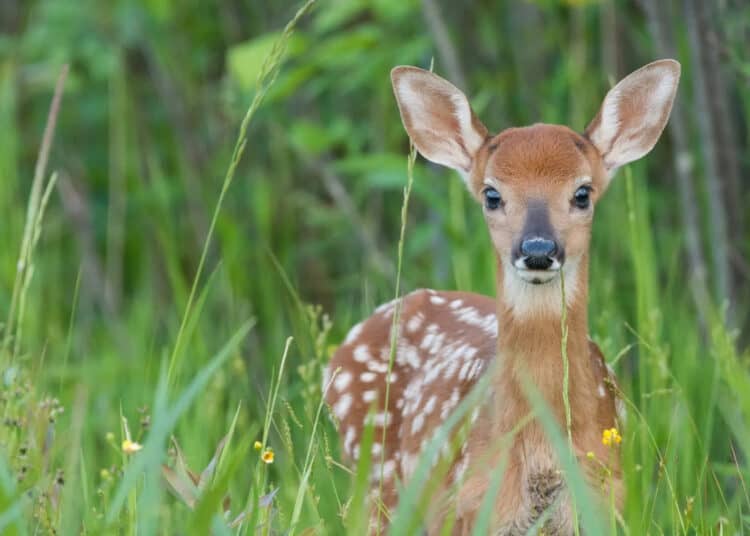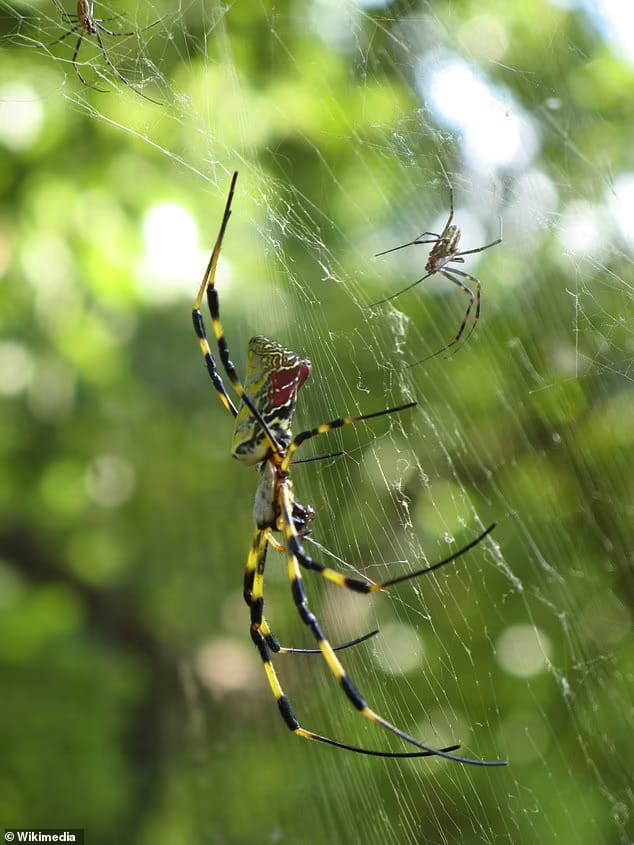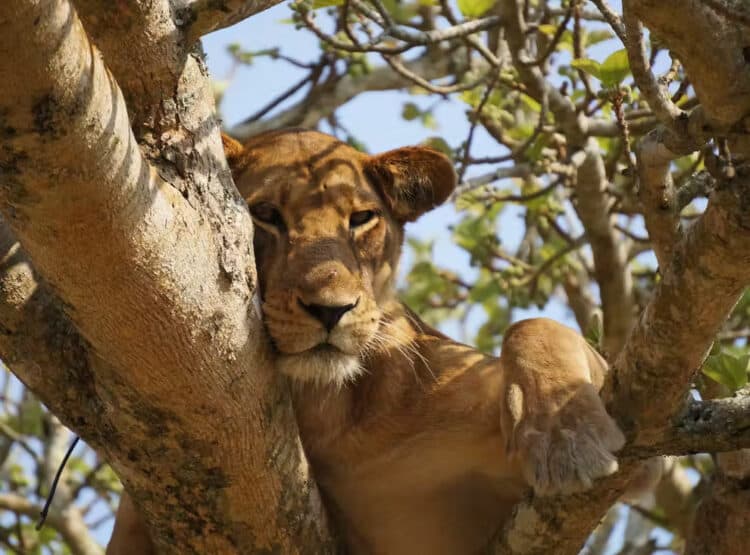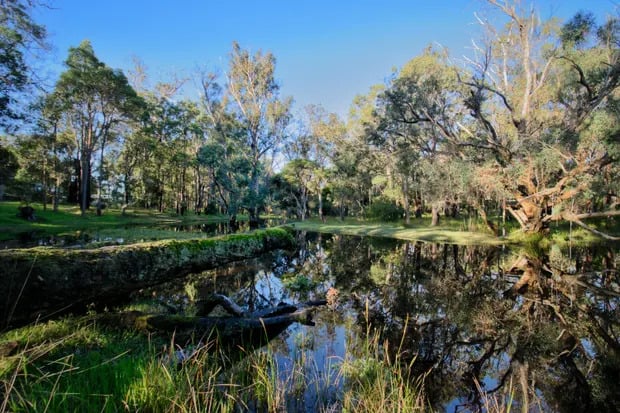When Nikon in South Africa approached me in September 2015 to test out the Nikon D810 and the new lightweight Nikkor 400mm f2.8E FL VR lens I was relishing the opportunity – you see, I was heading to the Mara Triangle in Kenya (part of the Maasai Mara ecosystem) to host a photographic safari in the Maasai Mara for the Great Migration for Wild Eye.
I was looking forward to putting this camera–and–lens combo through its paces in an environment where anything can happen at any distance from the vehicle.
The in-camera crop factor (Image Area option) of the Nikon professional FX series provides a great option to extend the effective focal length of the lens.

First off – the D810 is an amazing camera. I was blown away by its dynamic range and amazing image resolving capabilities. The D810 was improved. Dynamic range and low light image quality (high ISO in other words), while offering a higher frame-rate for on demand shooting with an increased buffer capacity. The quiet shutter, intuitive feels and excellent build quality of the D810 makes it a joy to use.

Now for the lens! I have just traded in my Nikkor 500mm f/4 for the previous version of the 400mm 2.8 – so knowing what that beast weighs, the first time I picked up the new 400mm f/2.8 from its case which also looks quite different than previous Nikkor super telephoto lens cases, I was flabbergasted by just how light it really is. At first touch, it feels only slightly heavier than a 300mm f/4 would feel. It is as sharp as you can imagine and the focus acquisition is snappy and responsive, making the lens a real pleasure to work with in the field.

Coupling them and knowing how and when to use the aforementioned in-camera crop modes (“Image Area”) you can really utilise this combo for a great range of scenarios. If you leave the 400mm f/2.8 on the camera without adding a physical teleconverter, you can achieve the effective focal length of 480mm f/2.8 at 25 megapixels on the 1.2x crop setting. If you go to the DX crop setting you can get an effective 600mm f/12.8 at roughly +- 15.4 megapixels. Some folks will say they’d rather crop in processing and you can – but what makes it a tempting option is that your continuous frame rate for action sequences increases from 5fps to 6fps in these crop modes. If you use the MB-D12 battery grip (also compatible with the D800/D800E), you gain another boost to 7fps in the crop modes.

I always shoot my Nikon cameras in manual mode with auto ISO enabled. This allows me to select the shutter speed and aperture that I feel would contribute to the kind of image I am looking to create, while allowing the camera to select the ISO automatically (hinged to my selected exposure bias). I know I can implicitly trust my cameras to perform up to very high ISO and the D810 was no exception. Of course, having the option to go to an aperture of 2.8 when using varying shutter speeds helps! Read more on my preferred setup using auto ISO in THIS blog post.

I would highly recommend this combination to wildlife and sports photographers. Given the fact that the D810 is the perfect landscape and portrait camera already, the added benefits of using it like I did for wildlife, pretty much makes it one of the best all-round combinations I have ever had the pleasure to use. The lens is a dream. If the older 400mm f/2.8 always felt a tad heavy to you and that was the only thing holding you back – you need to get this lens in your hand and feel the weight difference. It is a strong selling point!

Until next time, keep clicking!
Morkel Erasmus
Morkel Erasmus
I used to relish writing these kinds of “bio” pieces and would flaunt the odd impressive word and use dashing grammar to make it sound like I am a boundary-shifting photographer. These days I prefer stating it in much simpler ways, much more relatable ways, much more believable ways… The fact of the matter is this: I love Africa. I love its people, its wild places and its wildlife. I love being immersed in these places, observing and photographing the fall of light on the land and the daily lives of the creatures that call it home, and presenting the results to whoever will take a look. To me, nature photography is all about being in the moment, and capturing that moment in a way that can relate to someone who didn’t have the privilege of being there with me. Sometimes I am able to capture a unique vision of the scene before me, and sometimes I just capture it the way most folks would according to classical photographic guidelines. Yet I always enjoy sharing the images and experiences and imparting the knowledge I have, both in-the-field and later online or in presentations, workshops and courses. I also just simply enjoy capturing and sharing the beauty of God's creation! The greatest thing I’ve found about wildlife and nature photography in Southern Africa is the unity and familiarity of the community of people that share this passion. We come from all walks of life and all cultures and backgrounds, yet our passion for our natural heritage and our dream to see it preserved for future generations binds strangers together and fuels conversations around campfires long after other people have run out of conversation and energy. Join me on a WildEye adventure to experience this sharing community spirit and learn to anticipate that fleeting moment and be ready for it, learn to immerse yourself in the experience without losing focus of your photographic goals…and above all, learn to see Africa anew… because there are none as blind as those who look but do not see!
- Web |
- More Posts(111)






Leave a Reply